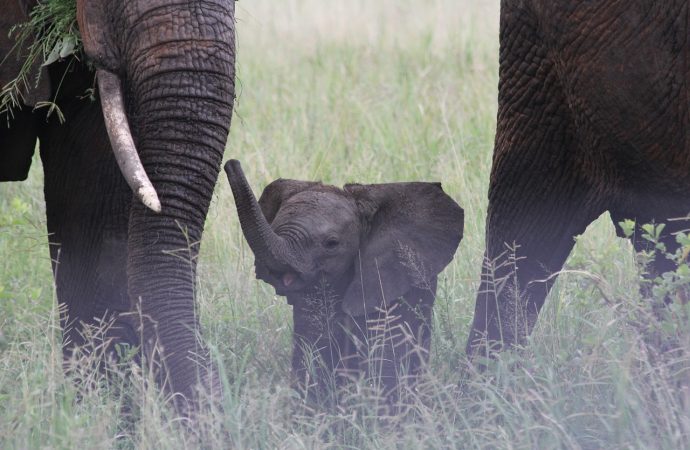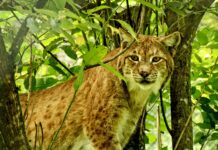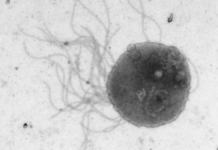The Illegal Wildlife Crime Conference, hosted by the UK government, took place on 11 and 12 October 2018, in London. In a time when wildlife crimes are boosting, environmentalists, policy-makers and others coordinated efforts to put an end to the illegal trading and killing of animals. Three strategical points were discussed in the Conference:
1. Tackling illegal wildlife trade (IWT) as a serious organized crime;
2. Building coalitions
3. Closing markets
(read the full program here)
Illegal wildlife trade
The IWT is an organised area of crime, run by international criminal groups, where animals or plants, or products of those, are sold under uncontrolled market conditions. Rosewood logs, elephant ivory and reptile skins are among the most trafficked wildlife products in the last decade.
Causes
The demand for wildlife products has accompanied the growth of the human population. On the one hand, a rich parcel of the population demands a lifestyle full of variety and exotic products; on the other hand, extreme poverty makes illegal trading the only path to a good income. But each trading market is different and has different drivers and causes.
International regulation is still poor for many species, making it difficult to track the number and activities of the criminal organisations involved in their traffic. Due to the lack of effective transnational mandates, domestic enforcers are unable to deal with well-organized criminal networks. When arrests are made, they are directed at poachers – poor locals at the end of the criminal chain- leaving the main traffickers on the loose, free to continue the illegal trading.
Negative effects
One major, more obvious, consequence of the illegal trafficking of wildlife is the threat to endangered animals. Besides disordering the natural food chain by removing natural predators or introducing invasive species, wildlife trading activities threatens local communities dependent on the natural flora and fauna of an ecosystem. It is also worth noticing that the smuggling of live or dead animals across borders carries enormous health hazards for the carriers, the receivers and all the people they interact with.
Statistics
– Among the total seizures from 2005 to 2014, 35% was redwood, 18% elephants and 9% assorted reptiles.
– One million pangolins were trafficked in the last decade; buyers appreciate their meat and their supposable medical properties;
– One hundred rangers died in service last year;
– In South Africa only, 1054 rhinos were poached in 2017;
– During the last fifteen years, half of the population of the desert-dwelling Peruvian cactus disappeared.
– Between 2009 and 2014, 159 metric tons of ivory were apprehended, which represents ivory from at least 15,900 elephants.
Sources:
World Wildlife Crime Report; UN Office on Drugs and Crime; 2016
Science: tackling the illegal wildlife trade – Technology Update; The Royal Society; 2018
CITES – Convention on International Trade in Endangered Species of Wild Fauna and Flora; (retrieved on 12/10/2018)
WWF – Illegal Wildlife Trade; (retrieved on 12/10/2018)
Illegal Wildlife Trade Conference – London 2018





